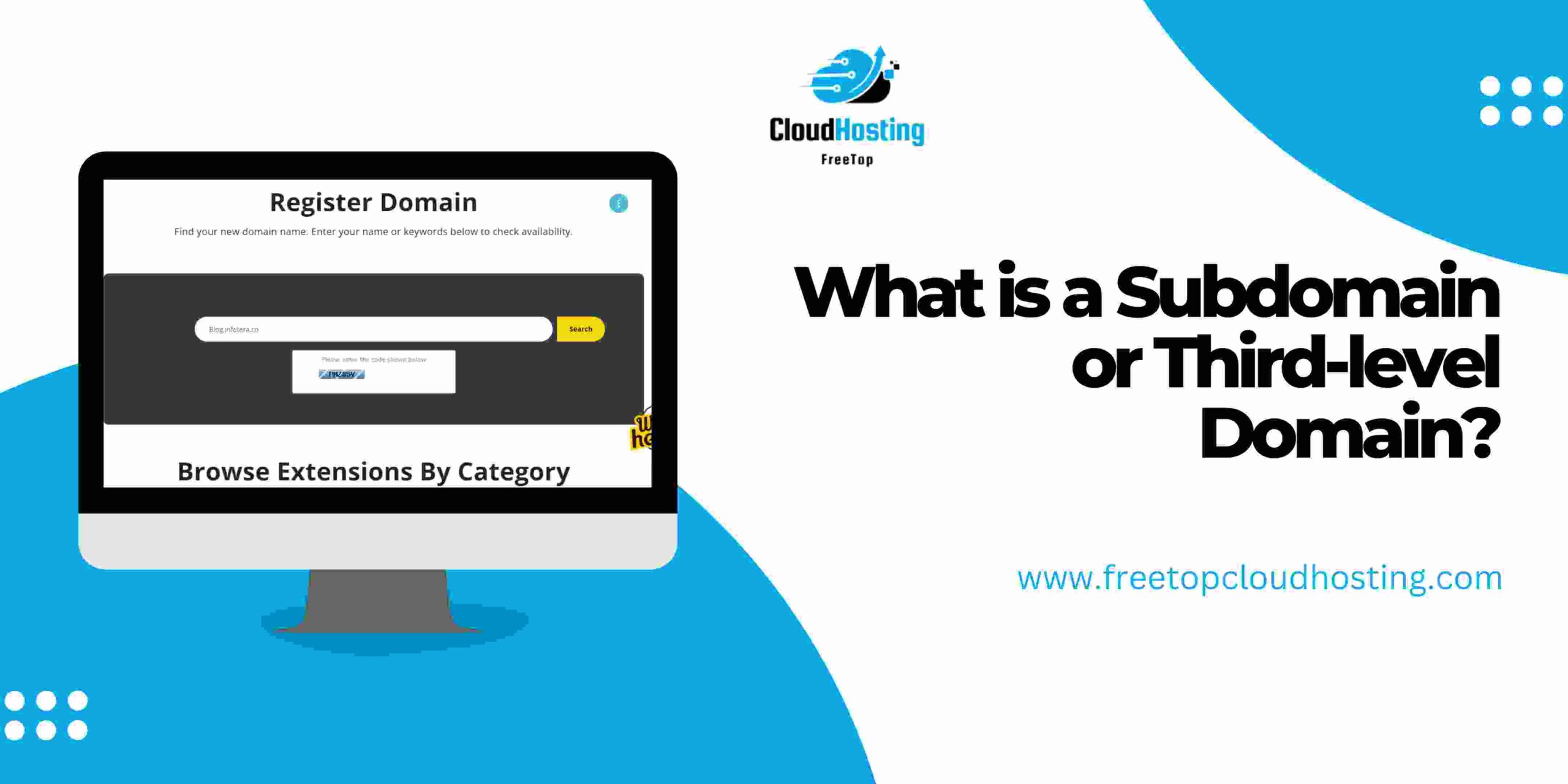In the vast landscape of the internet, websites are like islands, each with its own unique address. However, sometimes it becomes necessary to divide a website further, creating smaller sections or areas within the main domain. This is where subdomains, also known as third-level domains, come into play.
But what exactly is a subdomain or third-level domain, and how does it differ from a regular domain? In this article, we will explore the concept of subdomains, their purpose, and their significance in the digital realm.
What is a Subdomain or Third-level Domain?
A subdomain, as the name suggests, is a domain that is part of a larger, main domain. It acts as a prefix to the primary domain and is separated by a dot. For instance, in the domain “blog.example.com,” the subdomain is “blog.” Subdomains allow website owners to organize and structure their content in a hierarchical manner, making it easier for users to navigate through different sections of a website.
The Structure of a Subdomain
Subdomains follow a hierarchical structure, with the subdomain name appearing before the main domain. The structure typically looks like this: “subdomain.maindomain.com.” Each subdomain can have its own separate content and functionality, making it an effective way to categorize and manage various aspects of a website.
Why Use Subdomains?
Subdomains offer several benefits and serve various purposes. Let’s take a closer look at why website owners choose to utilize subdomains:
1. Organization and Structure
Subdomains provide a practical way to organize and structure content within a website. By separating different sections into subdomains, website owners can create a logical hierarchy, making it easier for visitors to navigate and find specific information.
For example, a company with multiple products may have a subdomain for each product, such as “product1.example.com” and “product2.example.com.”
2. Language and Regional Targeting
If a website caters to a global audience, subdomains can be used to target different languages or regions. By creating language-specific or country-specific subdomains, website owners can provide localized content and tailor the user experience to a particular audience.
For instance, a multinational company may have “us.example.com” for its US customers and “uk.example.com” for its UK customers.
3. Separate Web Applications
Subdomains can be employed to host separate web applications within a single website. This is especially useful when different applications require distinct functionalities or technologies. By assigning each application its own subdomain, the website owner can ensure a clear separation of resources and avoid conflicts or compatibility issues.
4. Enhanced Security and Isolation
Using subdomains can contribute to improved security by isolating different sections of a website. Each subdomain can be configured with separate security settings, allowing website owners to apply different levels of access control, SSL certificates, or other security measures.
In the event of a security breach or compromise, the impact can be limited to the affected subdomain, minimizing the risk to the entire website.
5. Branding and Marketing Opportunities
Subdomains can be utilized for branding and marketing purposes. Companies often create subdomains to promote specific campaigns, events, or initiatives. For example, a company organizing a conference may create a subdomain like “conference.example.com” to provide event-related information and registration.

